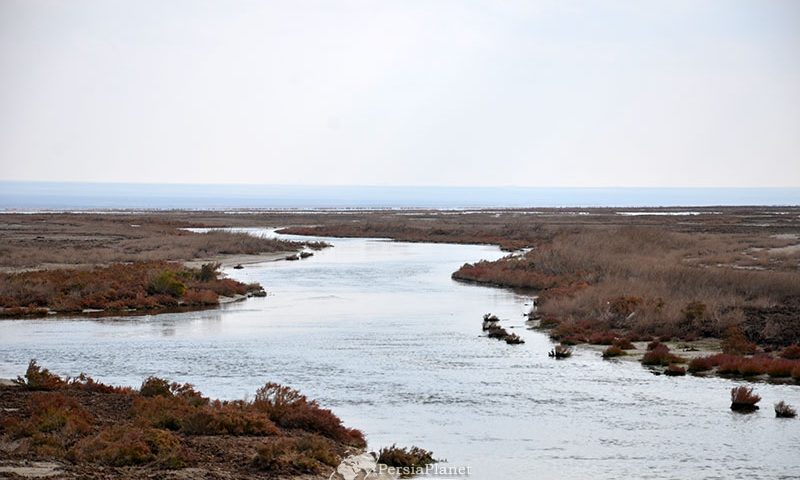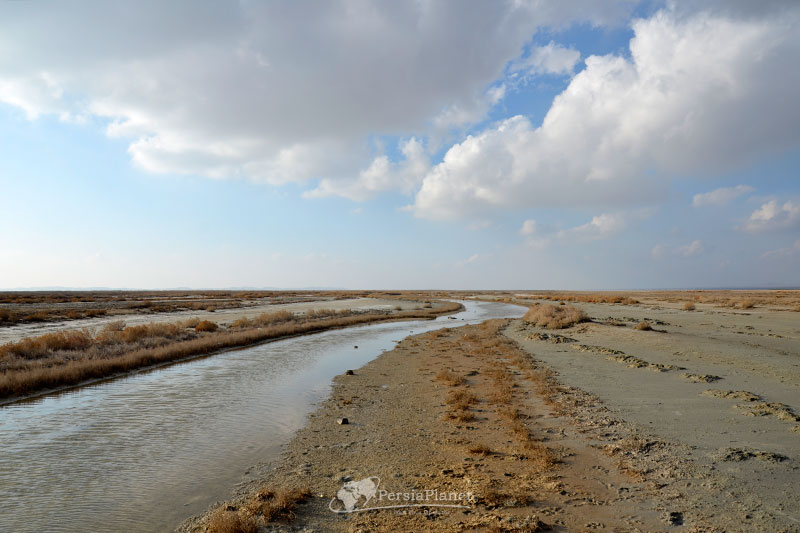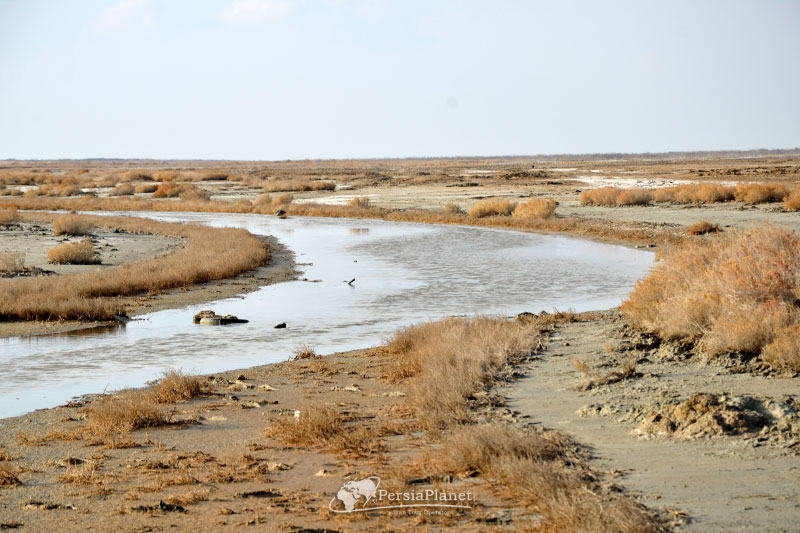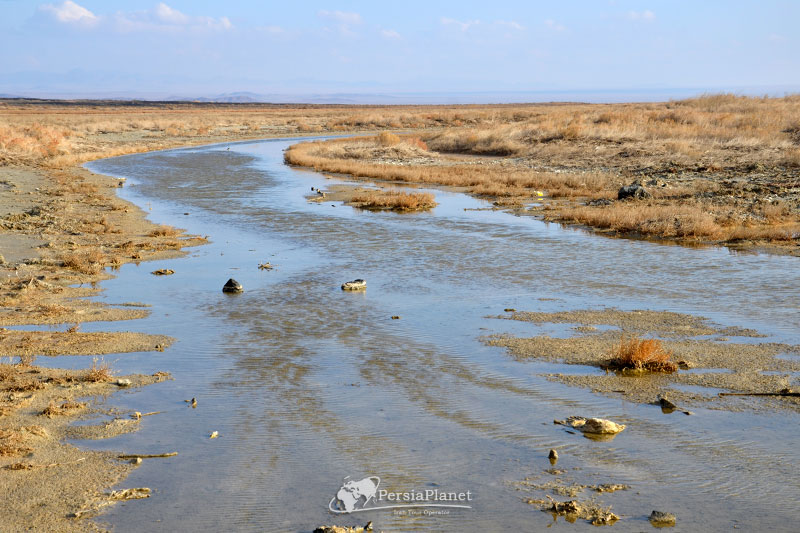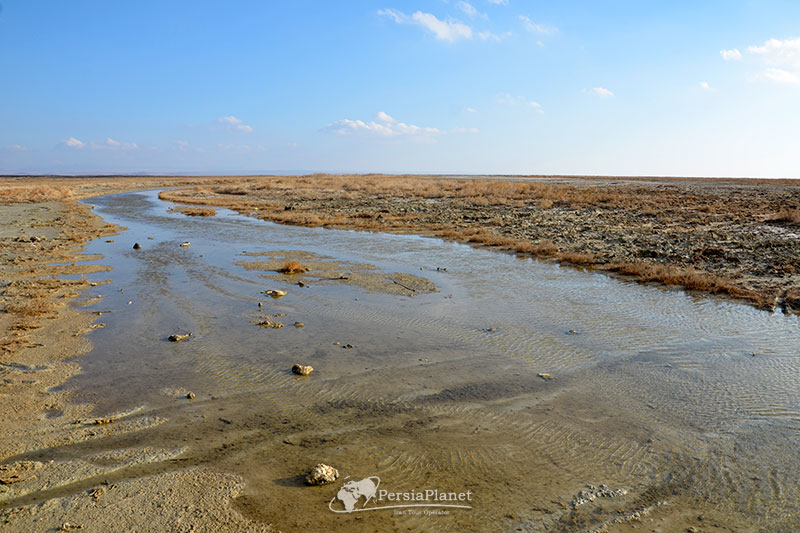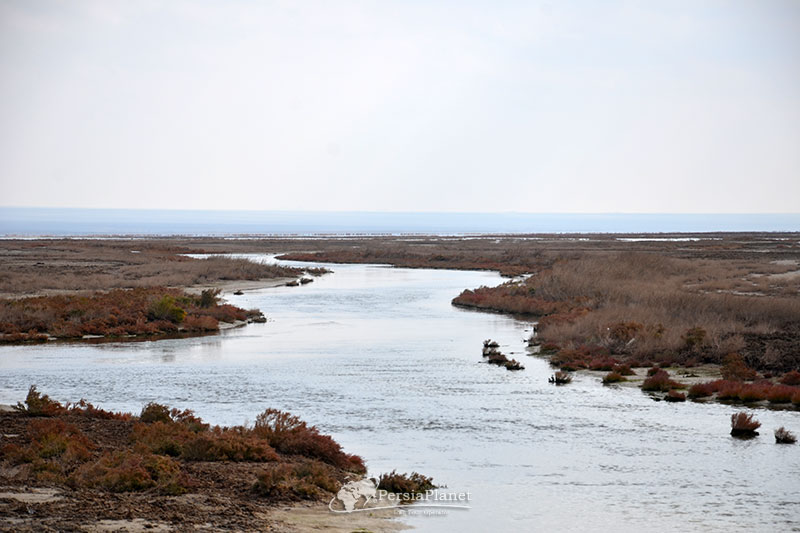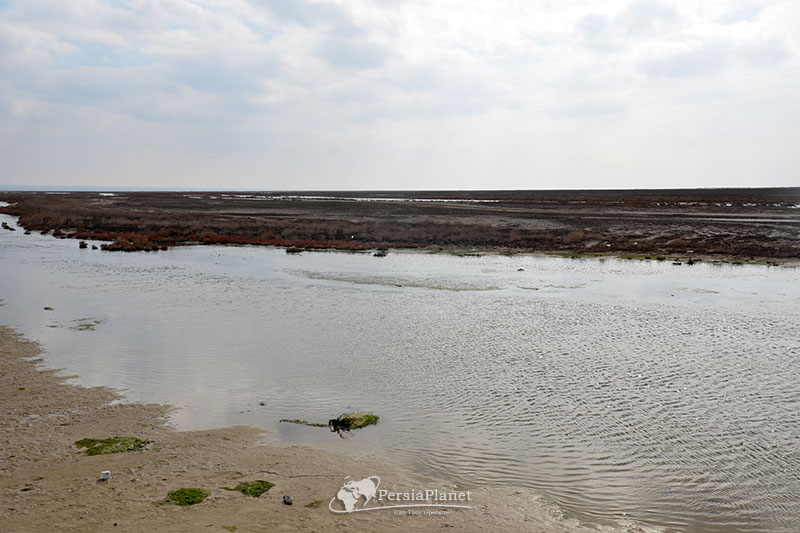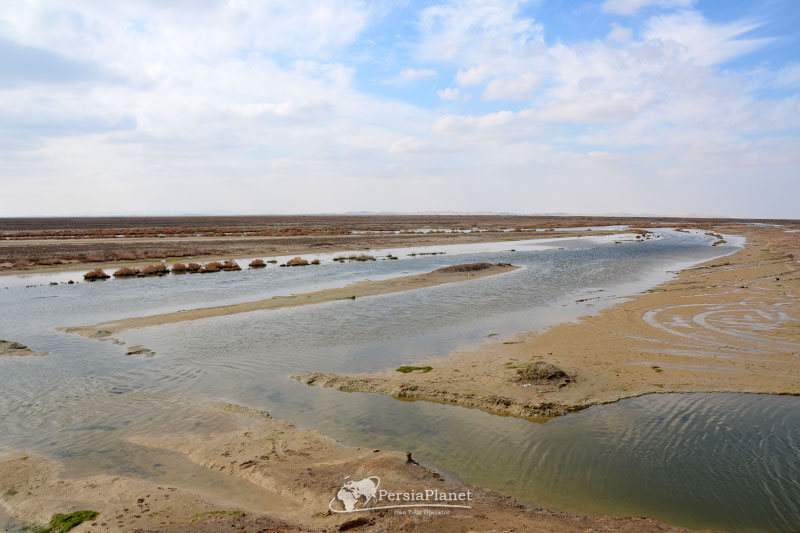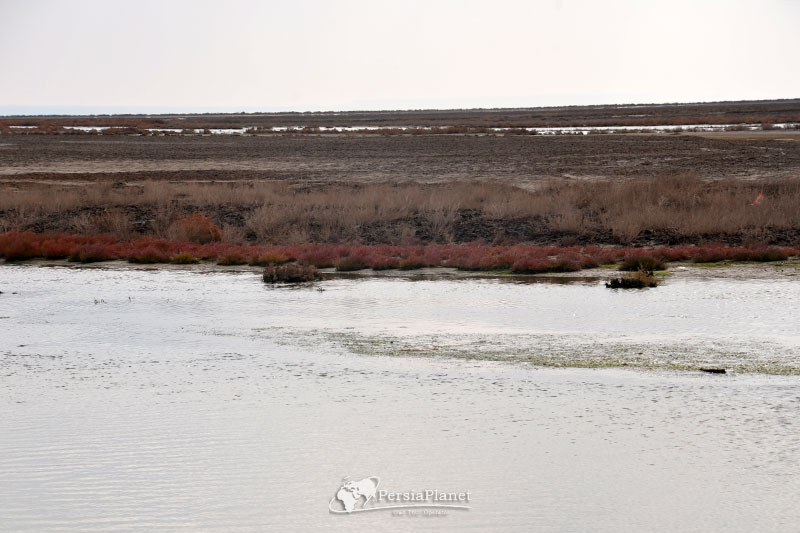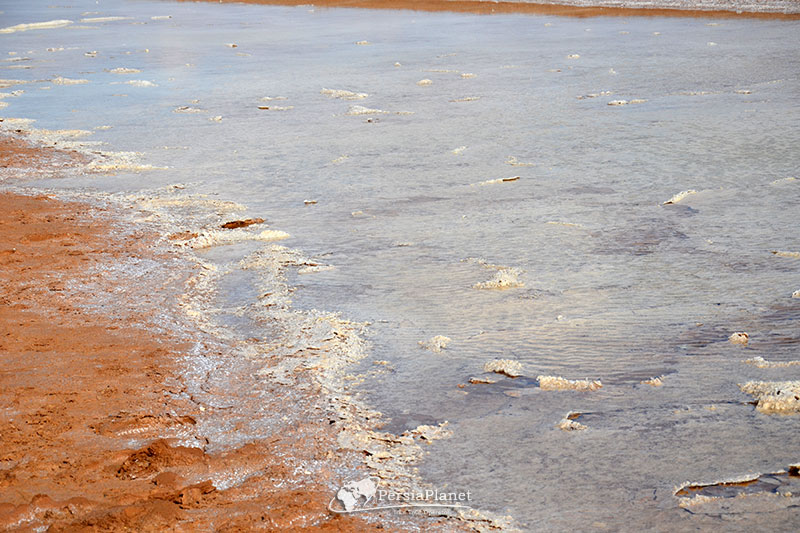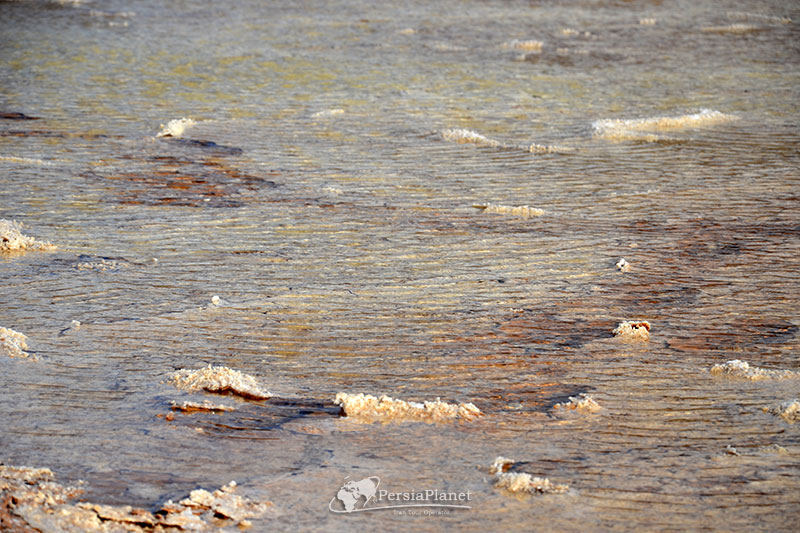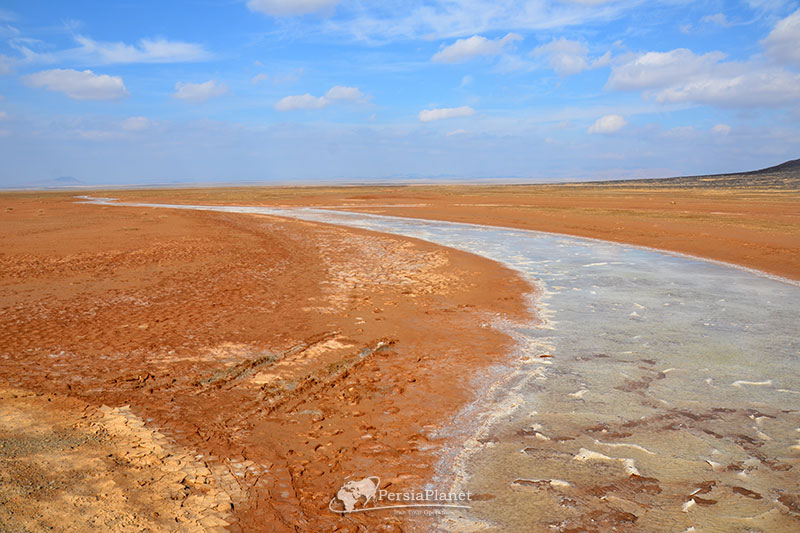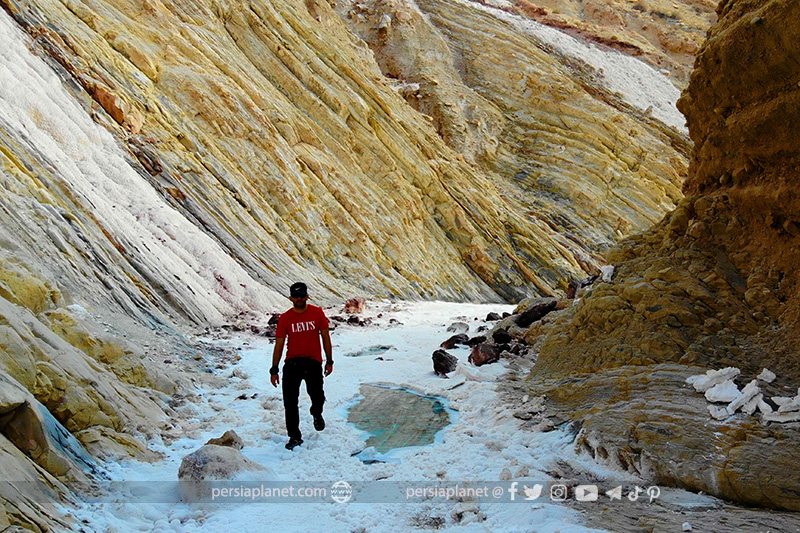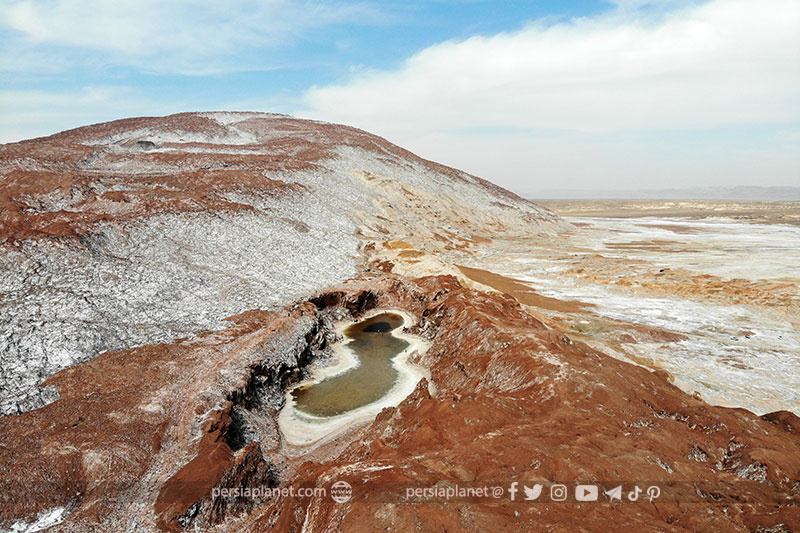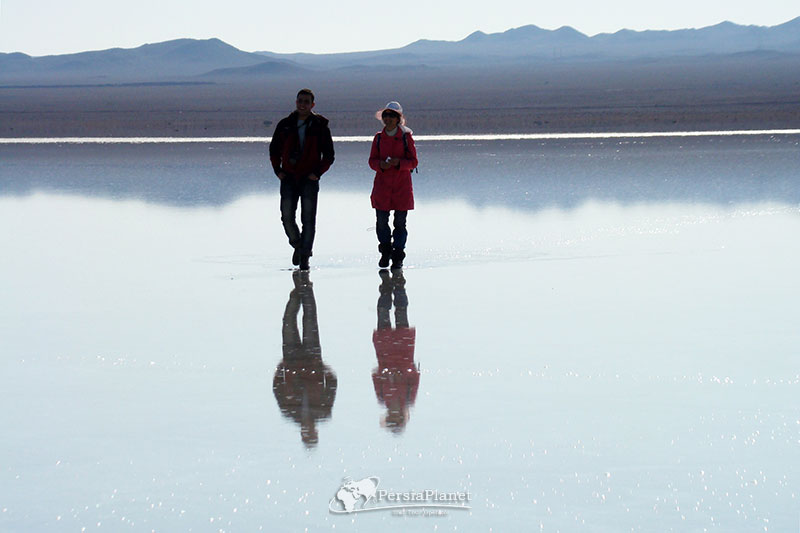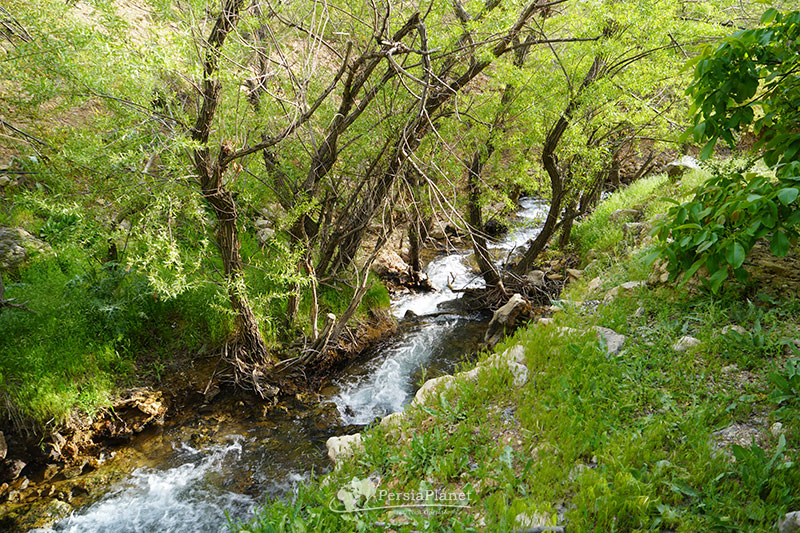Gavkhoni Wetland

Khara Salt Lake
September 17, 2020
Bayazeh village
September 17, 2020Rivers usually lead to the sea and there is no expectation other than a river. But, there is a familiar river called Zayandehrood, which mysteriously disappears in the middle of the desert after hundreds of kilometers that separate from the mountains of the Zagros. This fate may not seem desirable at first, but when we know that the disappearance of the Zayandeh River is accompanied by the birth of one of the most beautiful wetlands in Iran, we will be happy.
Zayandehrud, after a long journey and after irrigating many cities and villages on its way, finally enters a vast plain and creates a large flora and fauna. Gavkhoni International Wetland, also known as Gavkhoni Swamp, is a wetland in central Iran, a large part of which is located in Isfahan province and the rest in Yazd province. This wetland covers an area of 476 square kilometers and is located 10 kilometers southeast of Isfahan, about 30 kilometers from Varzaneh.
Its height above sea level is 1470 meters and its maximum depth is 150 centimetres. The swamp has rich biological resources and is also a refuge for migratory birds, which with all these features is one of the tourist attractions. The nearest settlement to Gavkhoni Lagoon is the city of Varzaneh, which is about 30 km away from the lagoon. The best way to see this lagoon is through Varzaneh, which can be easily identified by guiding the existing signs. Next to Gavkhoni Lagoon, there is a large mountain covered with black stones in the designated place to visit. Although this mountain is a tourist attraction, it is a good sign to find a suitable place to enter the lagoon.
Gavkhoni wetland had dried up in previous years due to drought and closure of Zayandehrud river. But recently, with good rains, life has returned to this lagoon and created beautiful landscapes.
Mehdi Gholami.

